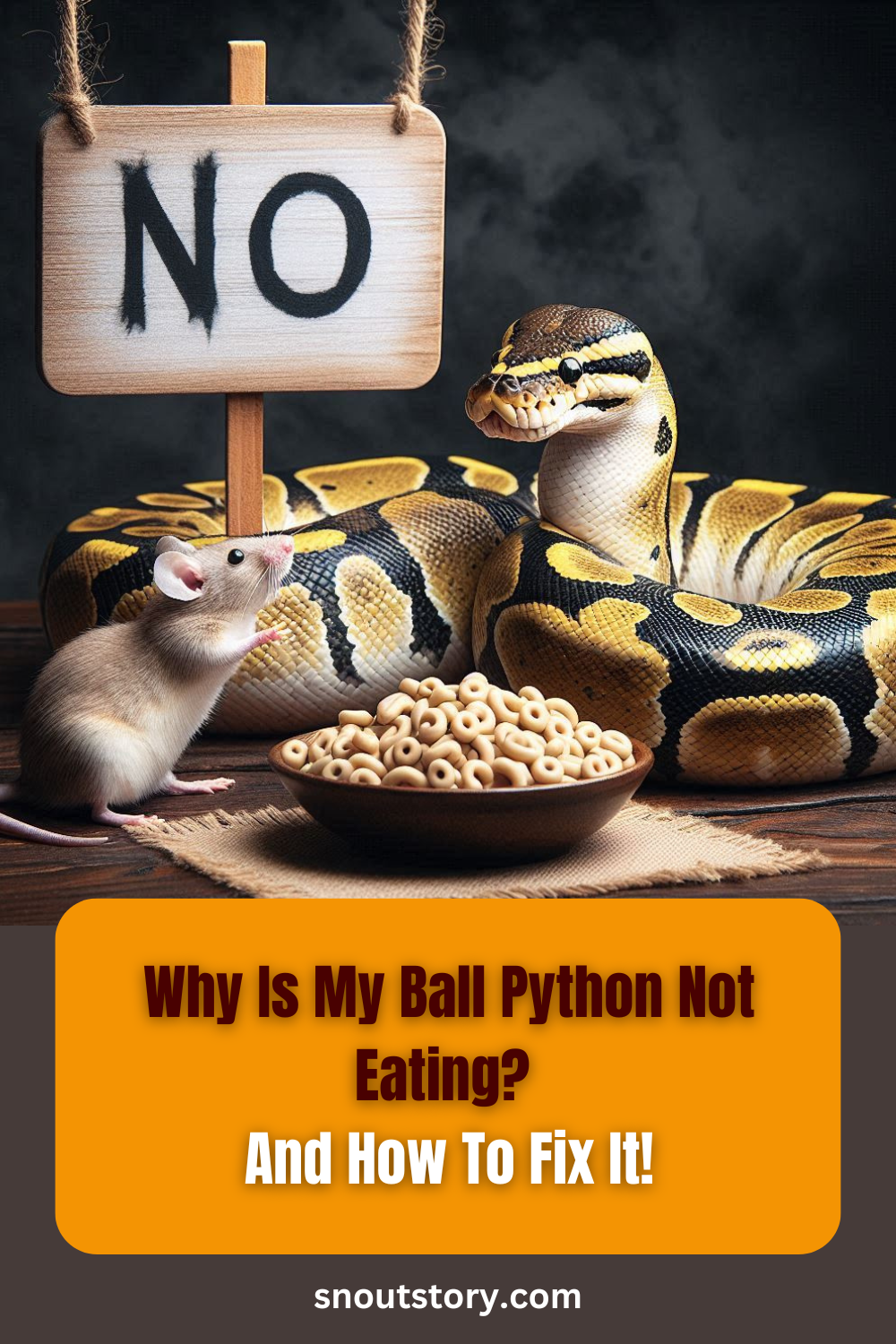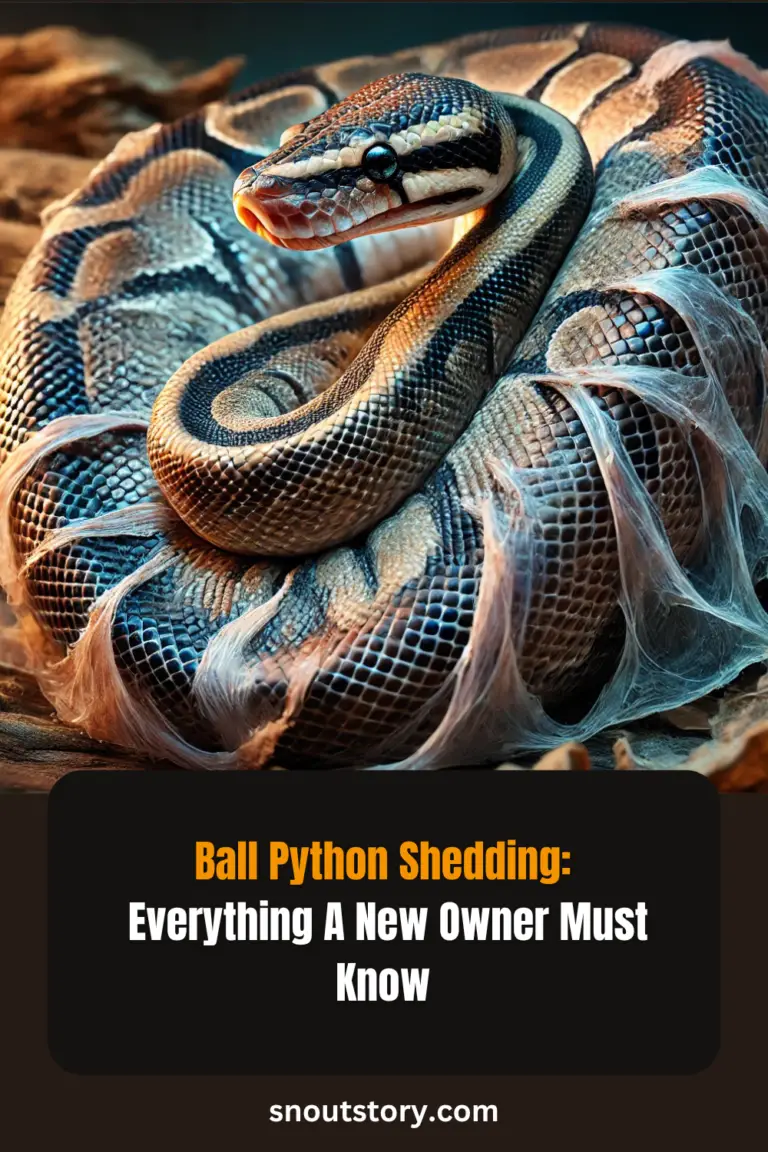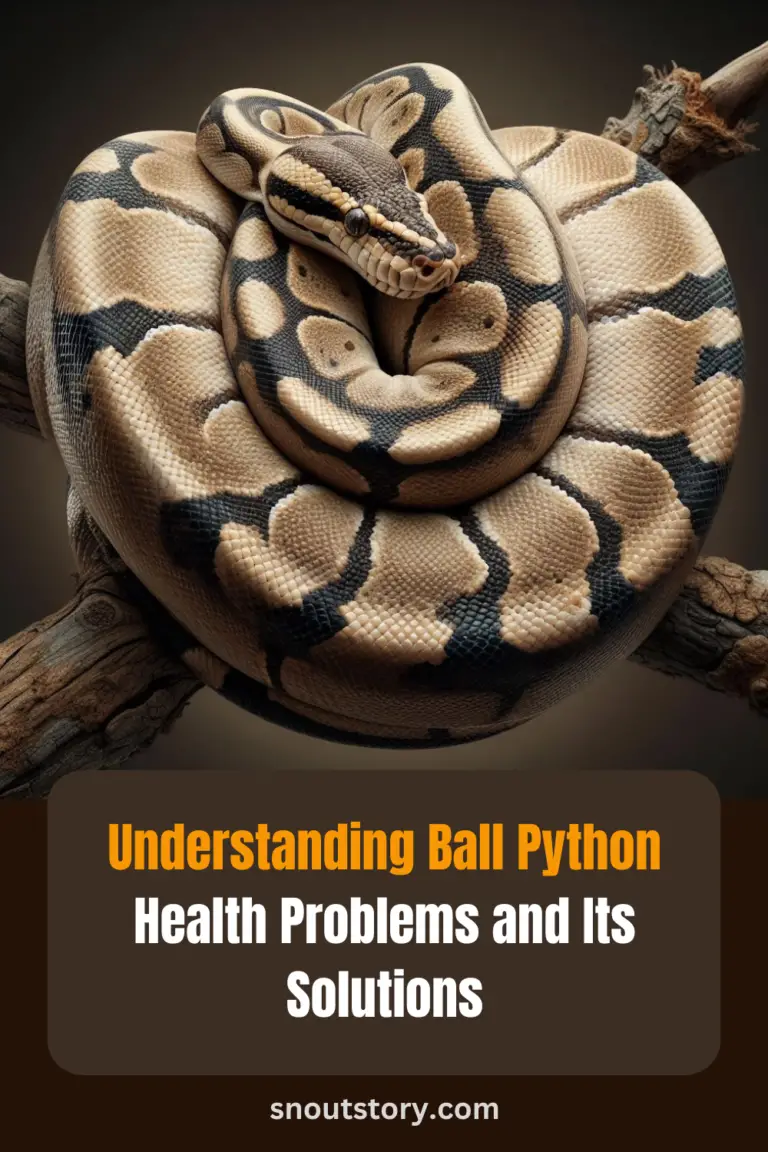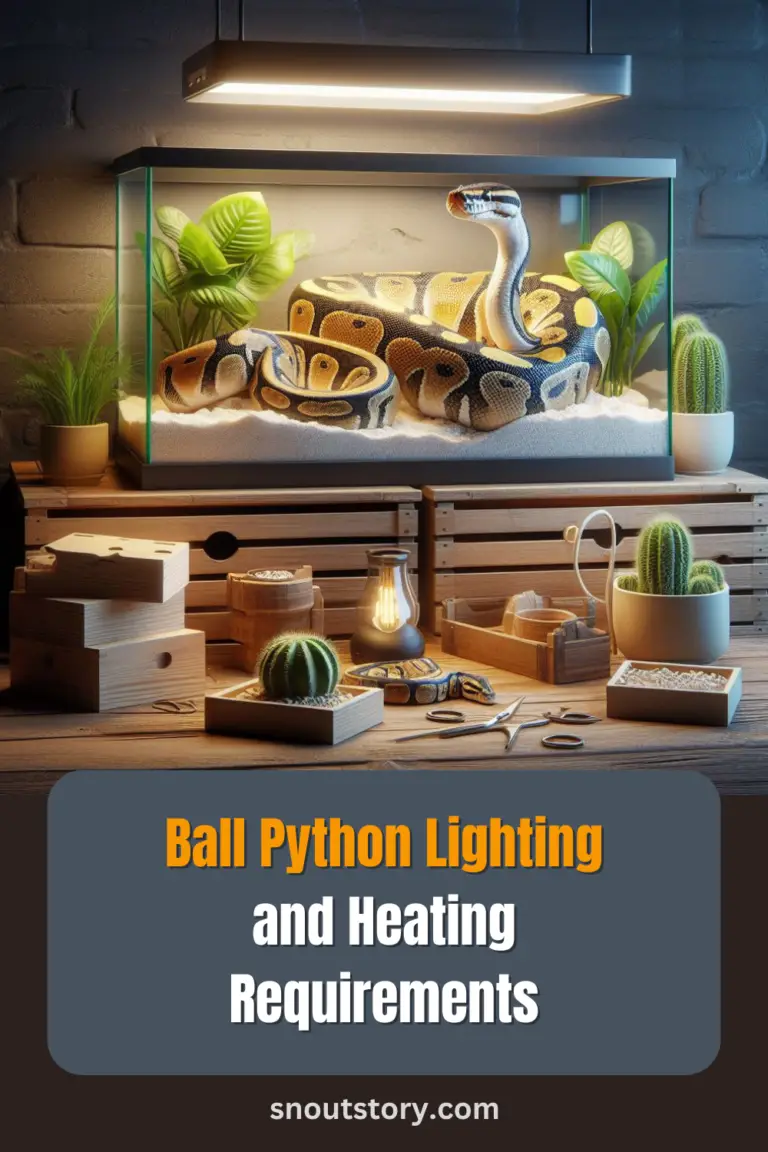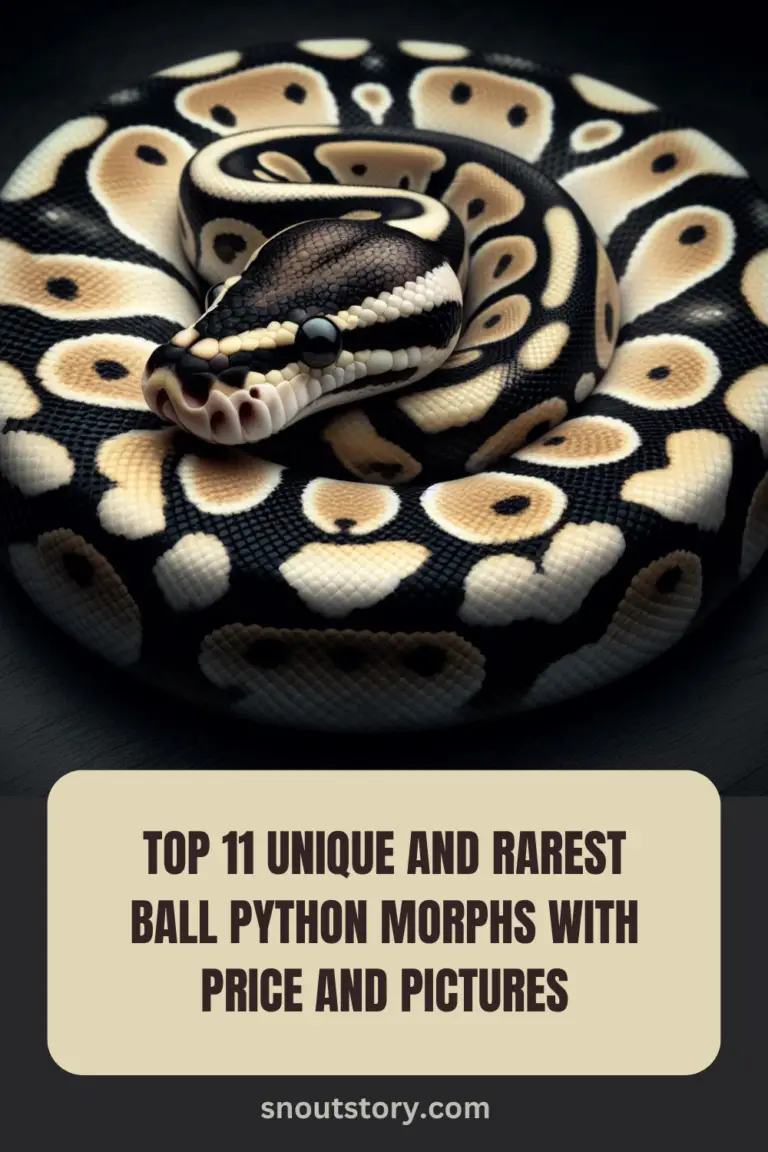Disclaimer
“This Blog is completely reader supported, for any purchase you make from affiliate links on this blog we earn a small commissions with no extra cost to you, which I use to feed my poor puppies 🥺”
It’s always concerning to see your ball python refusing food, especially since this behavior can stem from various issues. Stress, illness, or improper environmental conditions are common reasons why a ball python might stop eating. Seasonal changes or a recent shed can also affect their appetite.
By identifying the root cause, you can take specific steps to address the issue and get your snake back on a healthy feeding schedule. Whether it’s adjusting the temperature and humidity of their enclosure, offering different types of prey, or reducing stress factors, there are practical solutions to encourage your ball python to eat again.
What Are the Common Reasons for a Ball Python to Stop Eating?
Your ball python might stop eating for several common reasons, and understanding these can help you find the right solution. Stress is a significant factor, often caused by frequent handling, loud noises, or a new environment.
Temperature and humidity levels in the enclosure that are too high or too low can also deter feeding. Seasonal changes, like the breeding season, might affect their appetite too. Illness or parasites could be another cause, making it crucial to observe for other symptoms and consult a vet if needed.
Additionally, a recent shed or shedding issues can impact their willingness to eat. By identifying these specific triggers, you can adjust their care and environment to encourage feeding.
Is It Okay For Ball Python To Not Eat For Months?
You might be concerned if your ball python hasn’t eaten for months, but this behavior can be normal under certain conditions. Ball pythons are known for their fasting periods, especially during cooler months or breeding season.
However, it’s crucial to ensure that your snake isn’t losing significant weight during this time. Regularly monitor their body condition and look out for any signs of illness, such as lethargy or respiratory issues. If your snake remains healthy and active, occasional fasting is typically not a problem.
Nevertheless, maintaining proper enclosure temperatures and humidity, offering appropriately sized prey, and reducing stressors are essential steps to encourage eating. If the fasting period extends beyond six months or you notice any health deterioration, consulting a reptile vet is advisable to rule out underlying issues.
Is My Ball Python Not Eating Because of Stress? How Can I Tell?
You might be concerned if your ball python isn’t eating, and stress could be a major factor. Signs that stress is the culprit include unusual behavior such as constant hiding, restlessness, or defensive postures.
Look at the environment: is the temperature and humidity within the ideal range? Are there enough hiding spots to make your snake feel secure? I would suggest adding this one specific hiding box to you enclosure, this is not only natural looking, but also maintains perfect heat and humidity inside helping you ball python feel safe and secure:
Zilla Rock Lair MD

Changes in routine or excessive handling can also stress your python. To address this, ensure your snake’s habitat is optimal, with proper heat gradients and plenty of hiding places. Reducing disturbances and handling can help your python relax. If the problem persists, consulting a reptile specialist can provide further insights and solutions.
Could My Ball Python Be Sick? What Health Issues Affect Appetite?
If your ball python isn’t eating, illness could be a factor, affecting their appetite significantly. Respiratory infections, indicated by wheezing or nasal discharge, can make feeding uncomfortable.
Parasites, both internal and external, are another common cause of appetite loss. You might notice your python regurgitating or having abnormal feces. Mouth rot, characterized by swelling and pus around the mouth, can make eating painful.
To address these health issues, keeping the enclosure clean and maintaining proper humidity and temperature are essential. A vet visit for a thorough examination and appropriate treatment is crucial to get your python back to health and eating normally again.
Is the Enclosure Temperature and Humidity Affecting My Ball Python’s Appetite?
Your ball python’s appetite can be significantly affected by improper enclosure temperature and humidity. If the temperature is too low, their metabolism slows down, leading to decreased hunger.
Conversely, excessive heat can cause stress and lethargy, making them less likely to eat. Humidity levels are equally important; inadequate humidity can cause dehydration and shedding issues, both of which impact appetite.
Maintaining a temperature gradient of 75-85°F with a basking spot around 88-92°F, and keeping humidity between 50-60%, can help ensure your ball python stays comfortable and more inclined to eat. Regularly monitoring and adjusting these conditions is essential for their overall health and well-being. To ensure you have right tank temperature just add a regulated heating pad along with heating lamps to maintain consistency:
Tikaton Reptile Heat Pad

REPTI ZOO 100W Reptile Heat Lamp Bulbs Combo

How Can Seasonal Changes Impact My Ball Python’s Feeding Habits?
Seasonal changes can have a notable impact on your ball python’s feeding habits. During cooler months, they might enter a state of reduced activity or semi-brumation, leading to decreased appetite. This is a natural response to the changes in their environment, as they would experience in the wild.
On the other hand, as temperatures rise in the warmer months, you might notice an increase in their feeding activity. It’s crucial to monitor their behavior and adjust their feeding schedule accordingly.
Ensuring that the enclosure maintains consistent temperatures and providing proper lighting can help mitigate the impact of these seasonal changes on their appetite. If you notice prolonged periods of refusal to eat, it may be worth consulting a reptile vet to rule out any underlying health issues.
How to Encourage My Ball Python to Eat?
Encouraging your ball python to eat can sometimes require a bit of patience and strategy. Start by ensuring that the enclosure’s temperature and humidity levels are optimal, as these factors greatly influence their appetite.
You might try offering different types of prey, such as switching from live to frozen-thawed rodents or vice-versa, to see what they prefer. Sometimes, warming the prey slightly can make it more enticing. Providing a stress-free environment is crucial, so make sure your ball python has plenty of hiding spots and minimize handling during feeding times.
Additionally, feeding at night when ball pythons are naturally more active can also be effective. If these methods don’t work, consider checking for health issues or consulting a reptile vet for further advice.
Could My Ball Python Be Shedding and How Does This Affect Its Appetite?
Your ball python might be shedding, which can significantly impact its appetite. During the shedding process, known as ecdysis, ball pythons often lose their appetite due to physical discomfort and reduced visibility.
You might notice signs like dull, cloudy eyes and a milky appearance to the skin. It’s natural for them to refuse food during this time, so don’t worry if your snake skips a meal or two. Ensure the enclosure’s humidity is increased to help with the shedding process and provide a rough surface for your python to rub against, here’s one affordable decor that will help your ball python to shed easily and will also make enclosure visually appealing:
Zilla Pet Reptile Terrarium Shale Rock Den Decor

If the shedding appears problematic or incomplete, a warm soak can assist in loosening the old skin. Keeping track of your python’s shedding cycle can help you anticipate these periods and adjust your feeding schedule accordingly.
What Types of Food Should I Offer to Stimulate My Ball Python’s Appetite?
To stimulate your ball python’s appetite, offering a variety of prey types can make a significant difference. Typically, ball pythons prefer rodents, so start with appropriately sized mice or rats. If your snake seems uninterested, try offering a different size or age, such as a fuzzy mouse instead of a hopper, or vice versa.
Here’s a detailed guide to ball python diet and feeding schedule: Ball Python Food And Diet: A Comprehensive Guide
You can also try warming the prey slightly to mimic the warmth of a live animal, as this can attract your python’s attention. Some ball pythons may respond better to different presentation methods, like moving the prey with tongs to simulate movement.
If your snake still refuses to eat, consider trying alternative prey like gerbils or African soft-furred rats, which can sometimes reignite their interest in feeding. Remember to maintain a calm environment during feeding time, as stress can deter your python from eating.
summary
In conclusion, understanding the various reasons why your ball python might not be eating and knowing how to address each issue can significantly improve its health and well-being. From stress and environmental factors to health issues and shedding cycles, identifying the root cause is essential.
By ensuring the right enclosure conditions, offering a variety of prey, and being patient and observant, you can encourage your ball python to resume normal feeding habits. Regular check-ups with a reptile veterinarian can also help catch any underlying health problems early. With the right care and attention, your ball python will be back to its healthy self in no time.
Recommended
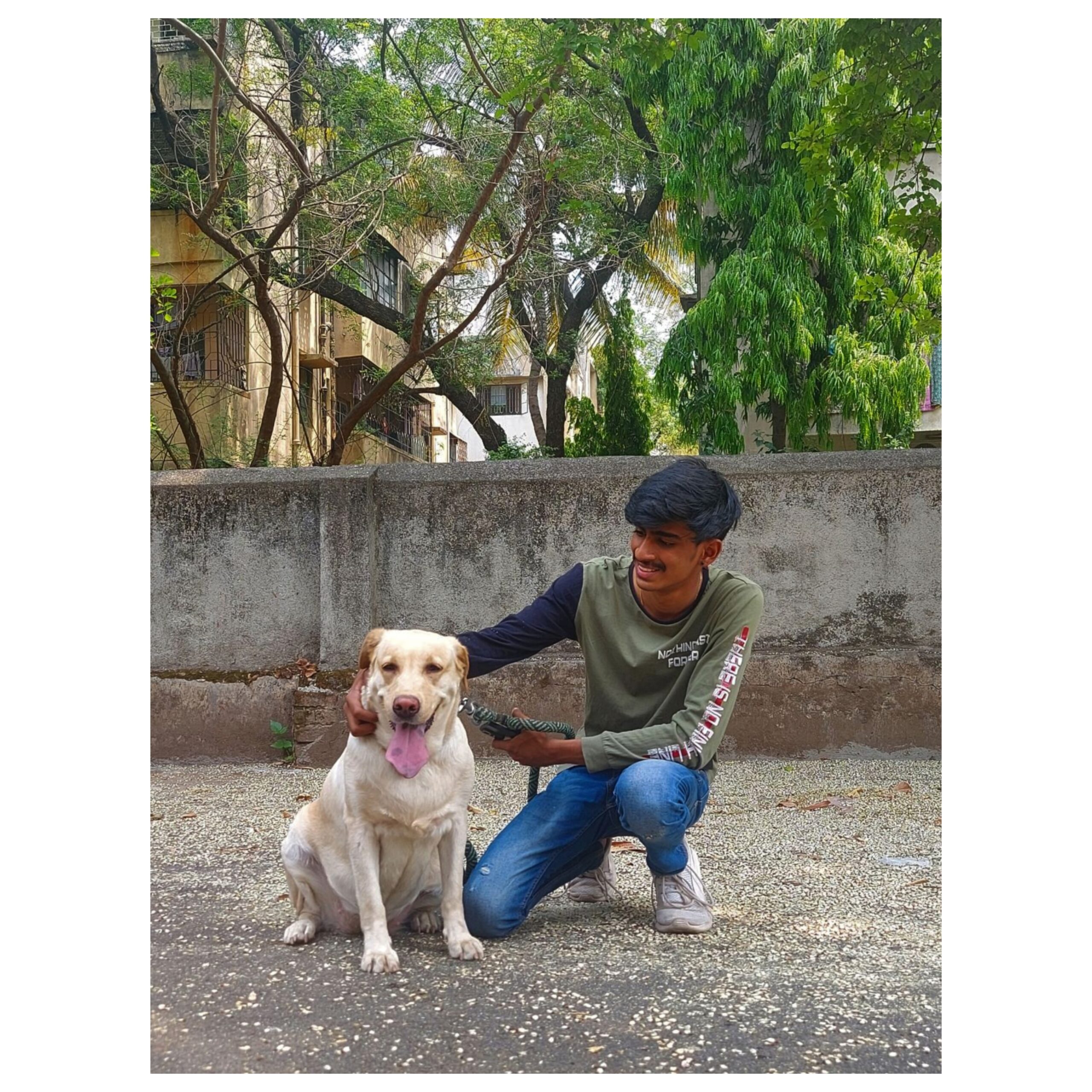
Vedant Narvekar is an experienced digital marketing expert with a profound love for nature and animals. With a career rooted in leveraging online platforms to drive engagement and promote meaningful causes, Vedant’s passion for animals inspired him to start Snout Story—a blog dedicated to educating people about pet keeping and sharing proper knowledge about caring for animals. Drawing on his expertise in digital marketing, Vedant utilizes his platform to advocate for responsible pet ownership, providing valuable insights on pet care, training, nutrition, and more. Through Snout Story, Vedant aims to empower pet lovers with the information they need to provide the best possible care for their furry companions, while also fostering a deeper appreciation for the natural world and the creatures that inhabit it.

